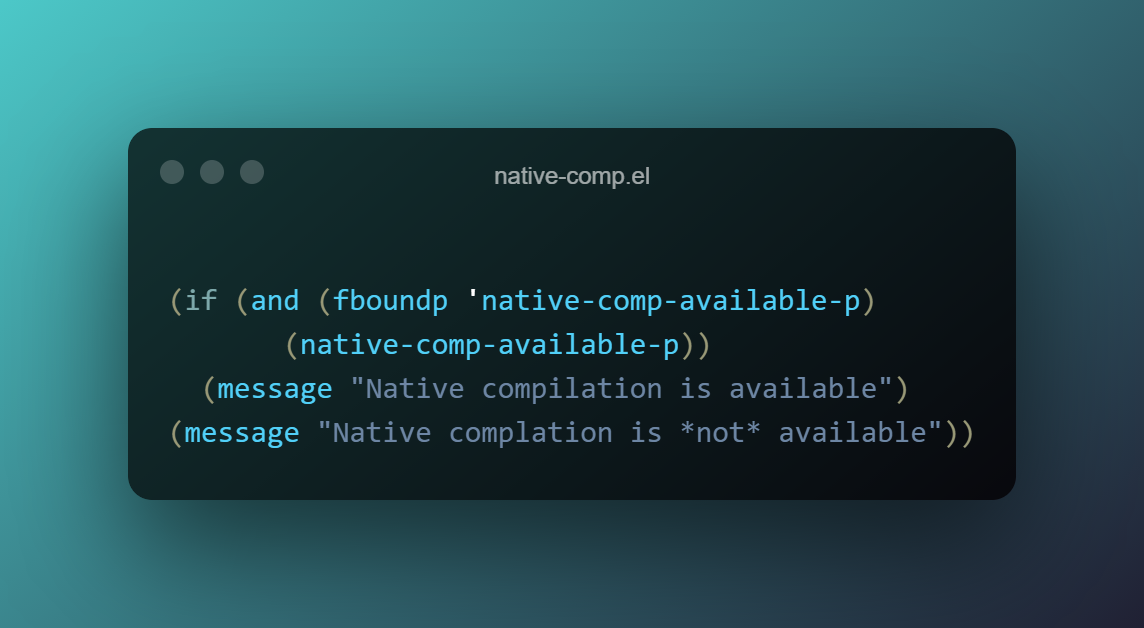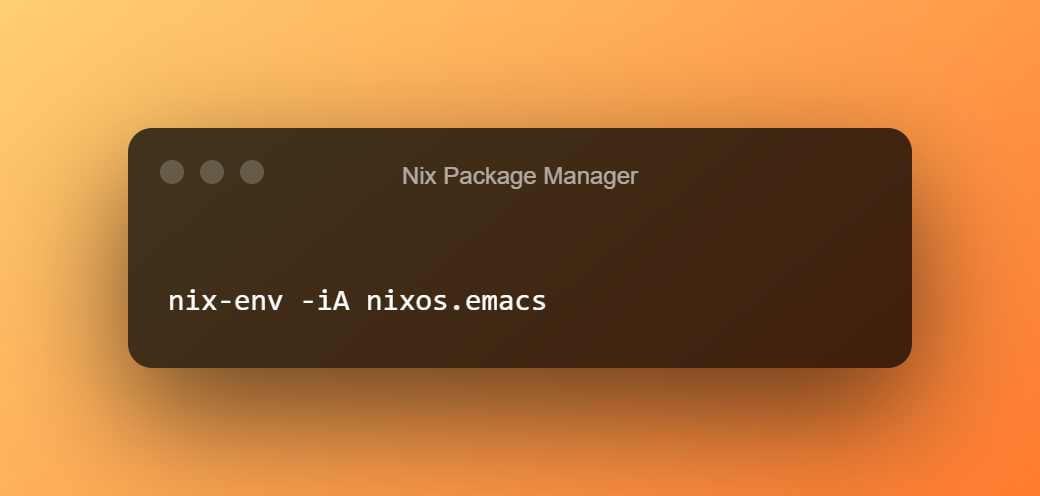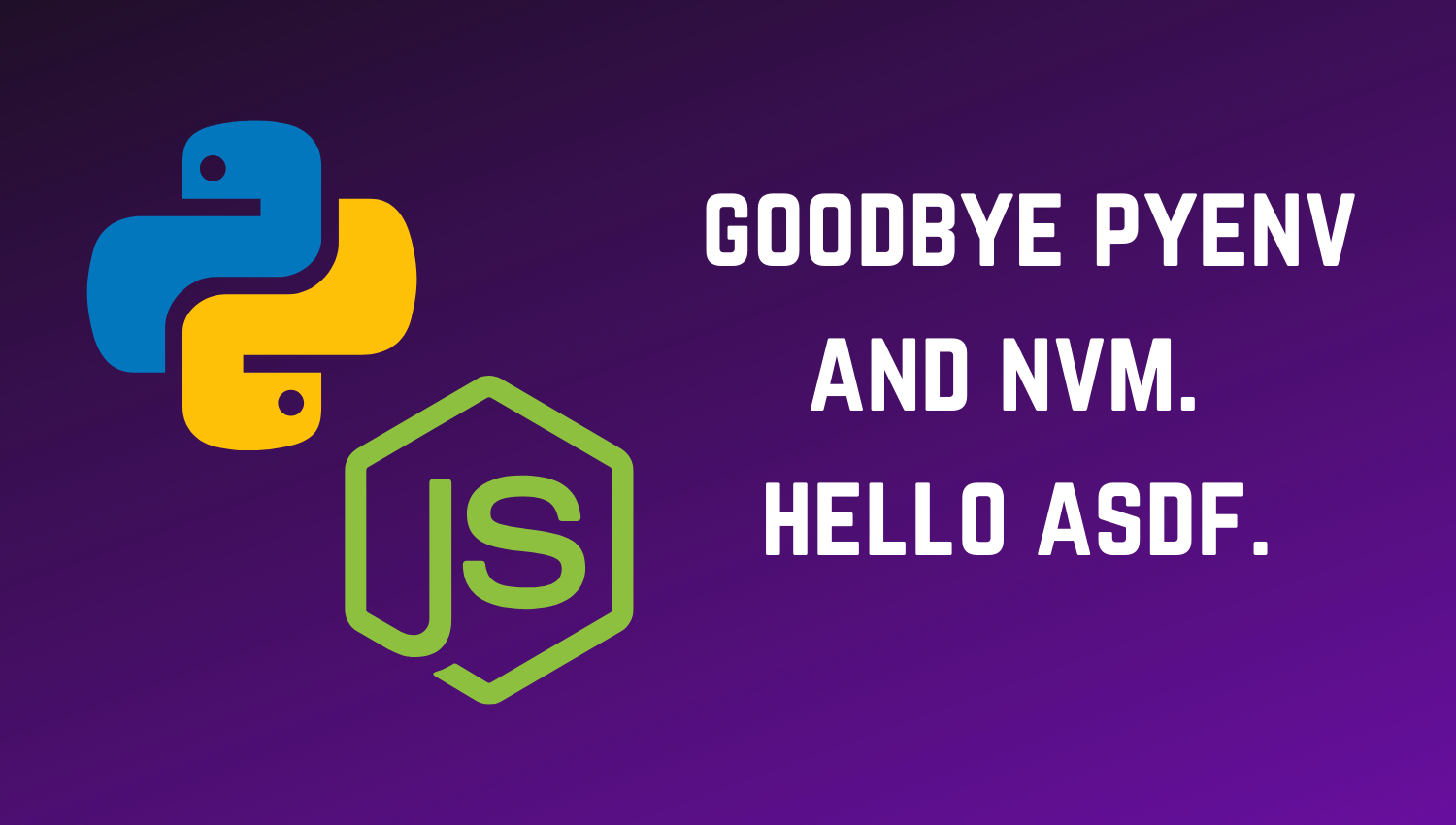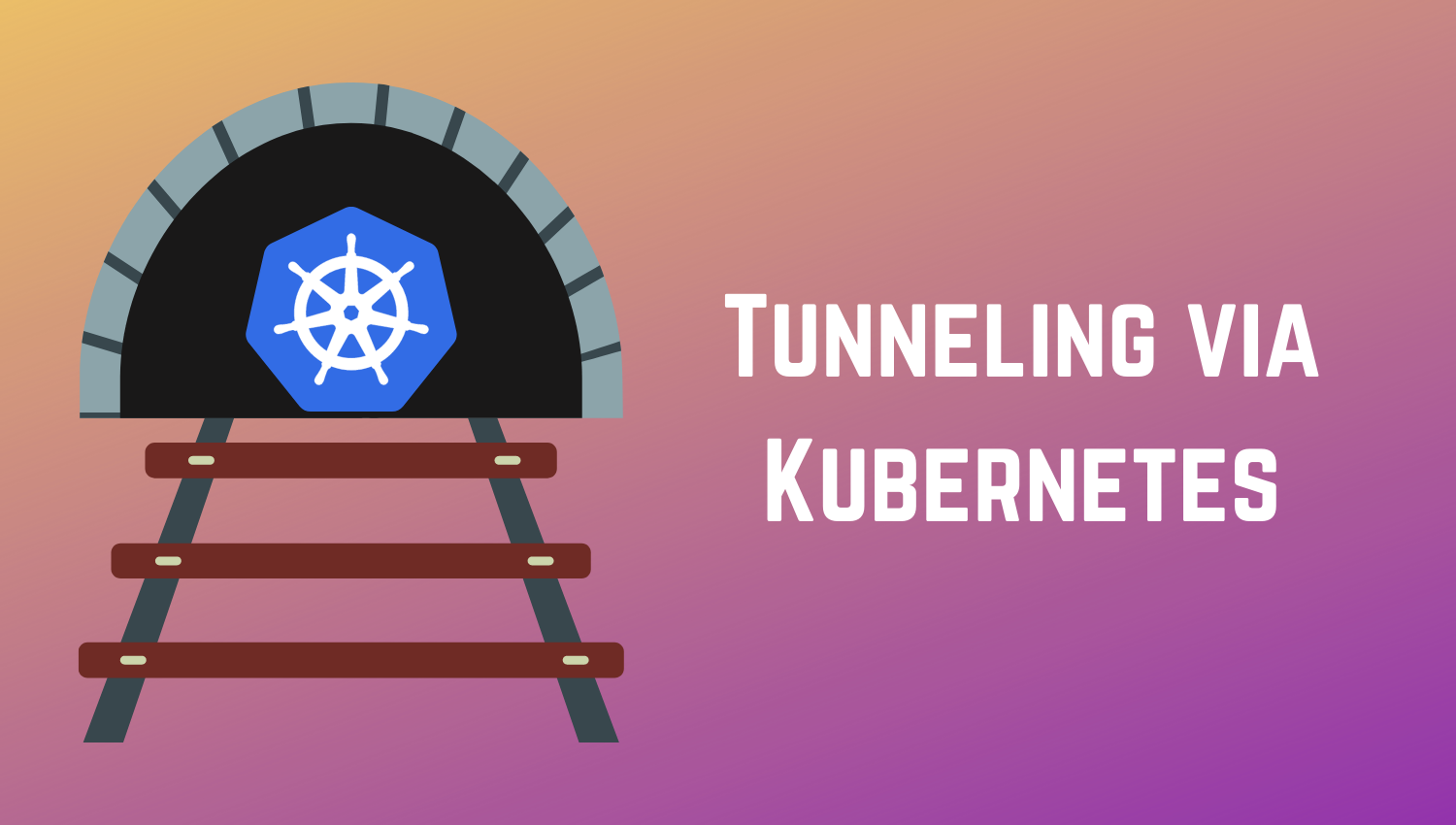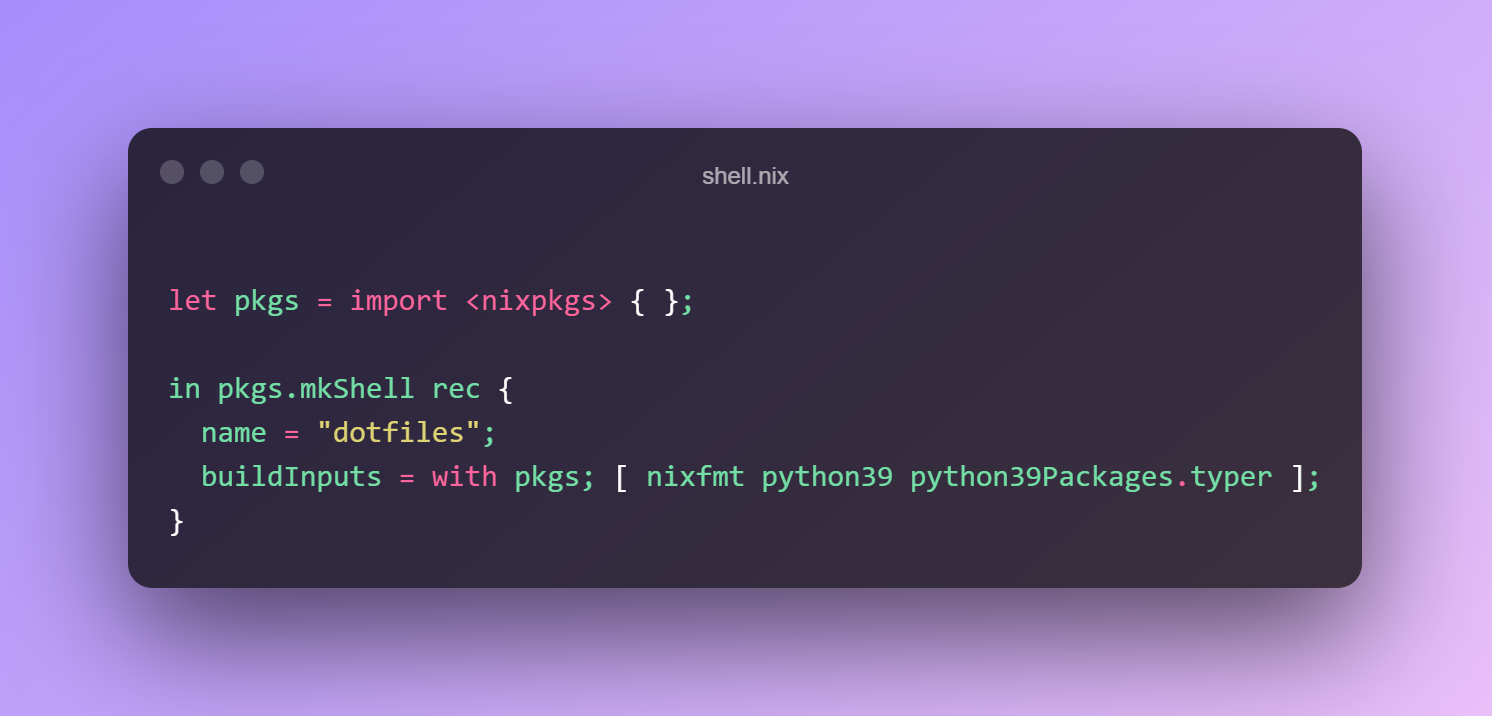
Per Project Packages using Nix and direnv
Why have project specific packages? There are a few reasons why you would want to have project specific packages. Different package versions per project e.g. you are maintaining a project that uses an old version of Node.js (like this blog, I’m lazy), but use a newer version globally on your system. You don’t want to pollute your global environment with packages you’ll only use in an isolated project e.g. nixfmt to format *....
